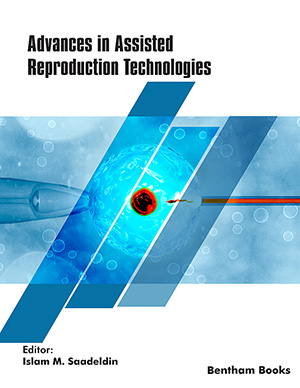Abstract
Background: There are some chapters written on microbiology of alcohol-making, where grapes and certain regional and seasonal fruits have been used to produce wines or specialized fruit beverages. This overview deals with the types of microorganisms involved in alcohol (ethanol) fermentation using various types of substrates, such as agricultural, industrial by-products and residual substrates, and seasonal and regional fruits. The type of micro-flora controls the process of alcohol production, which could be pure saccharomyces yeasts, exo- and endogenous non-saccharomyces yeasts, and bacteria depending on the type of substrate used. Review incorporates information on some processes which have been recently developed for the use of immobilized microbial-cells in fermentation, simultaneous alcoholic and malolactic wine fermentation, simultaneous saccharification and fermentation and co-culture system to process different types of substrates, available globally as by-products or residues.
Methods: A search of bibliographic references for peer-reviewed research literature was undertaken focussing on two aspects - first on the types of substrate have been used for ethanol production, and sec- ond on specific types of microorganisms employed to ferment these substrates.
Results: Forty-seven most relevant papers were included in the review of this topic. Information gathered on both aspects as described in methods, has been structured in suitable sections of review.
Conclusion: The findings of this review confirm the importance of selection of a suitable microorganism , Saccharomyces, or non-Saccharomyces is important in ethanol fermentation, particularly depending on the type of substrate being used for the fermentation, a traditional fruit or agro-industrial waste. Certain modifications and adaptations could be incorporated in the fermentation system using these microorganisms as biocatalyst, to improve their performances and the overall productivity and the quality of the product.
Keywords: Yeast, Saccharomyces cerevisiae, molasses, immobilization, Lactobacillus, ethanol.



























